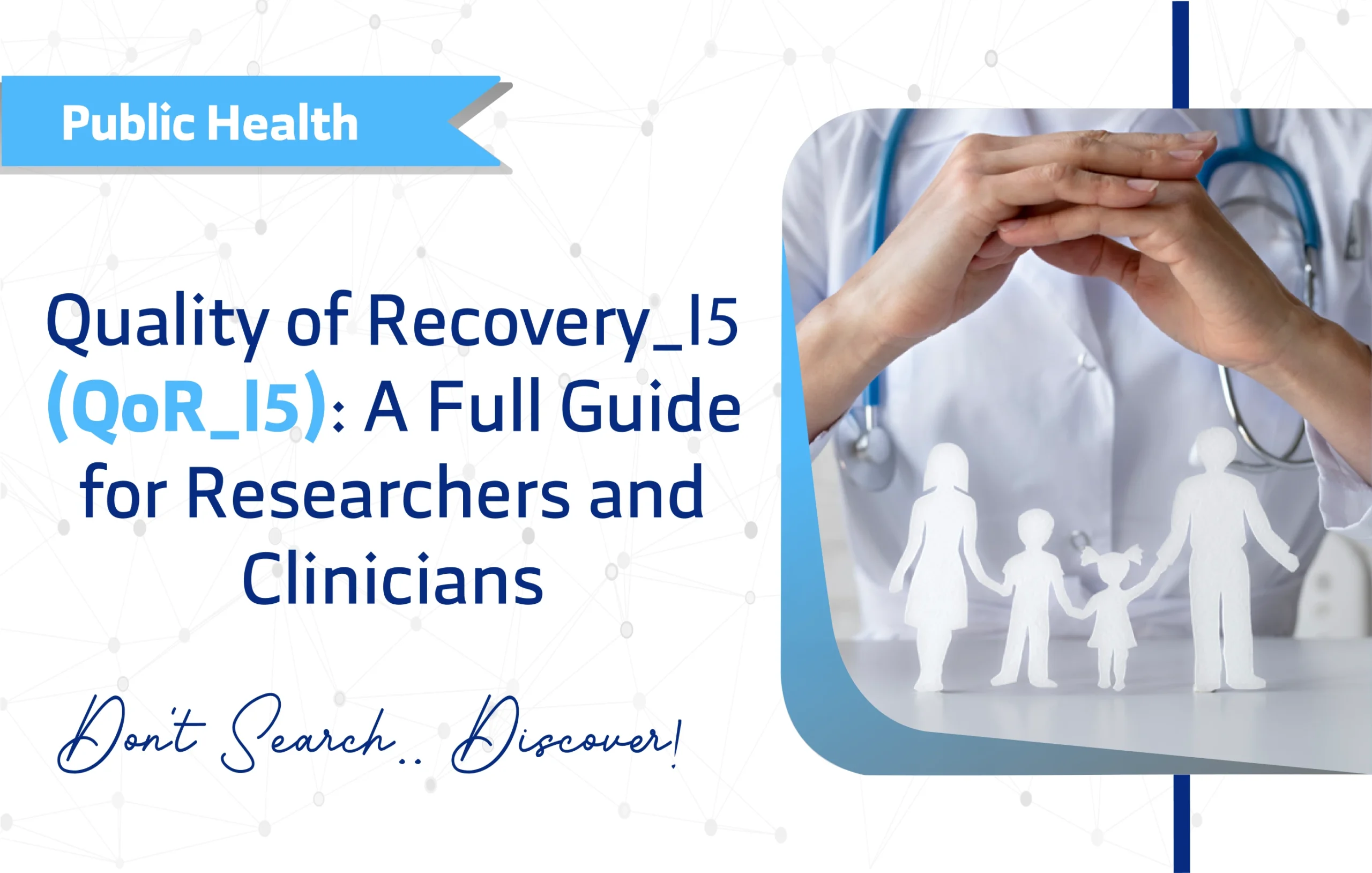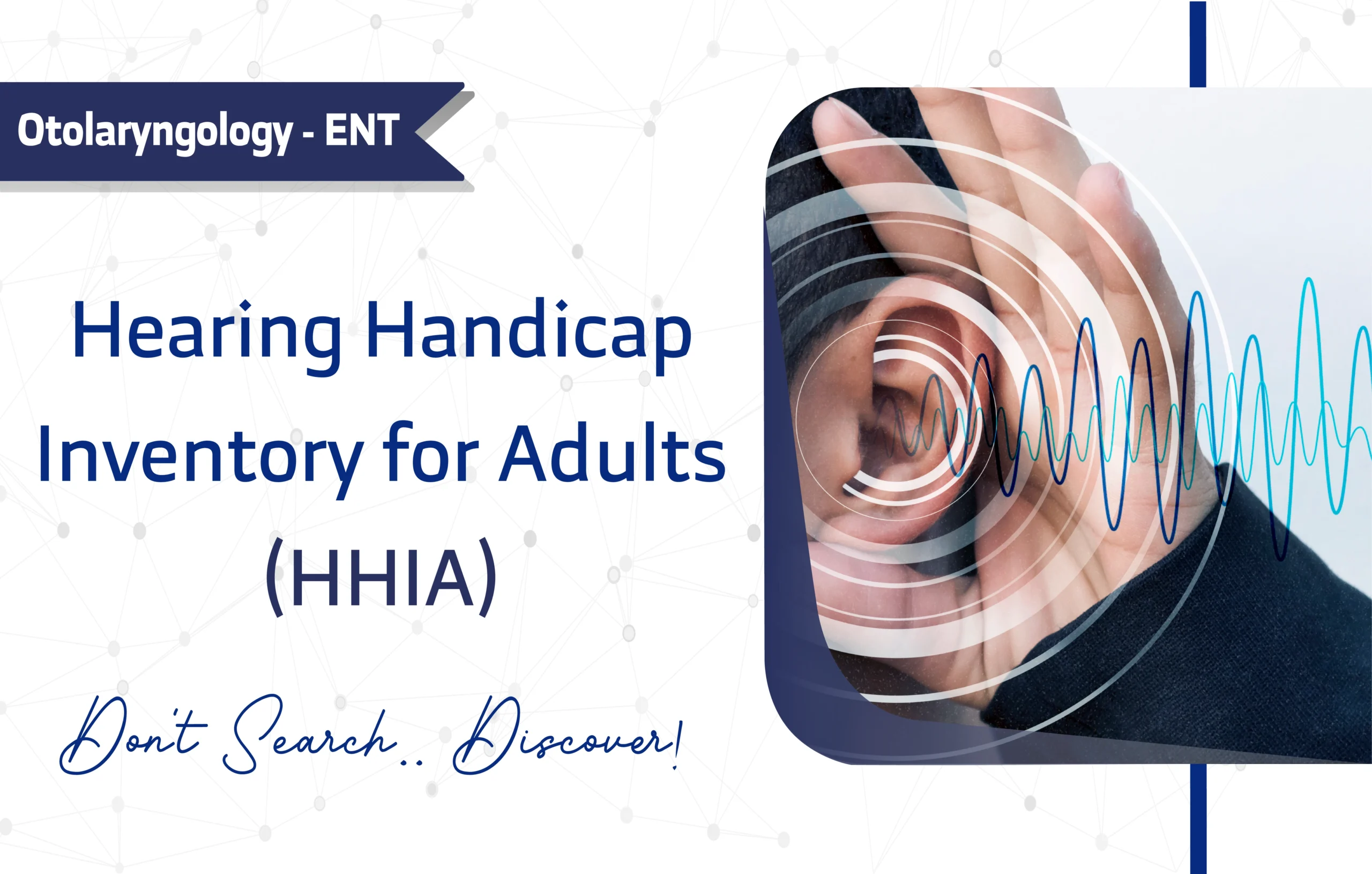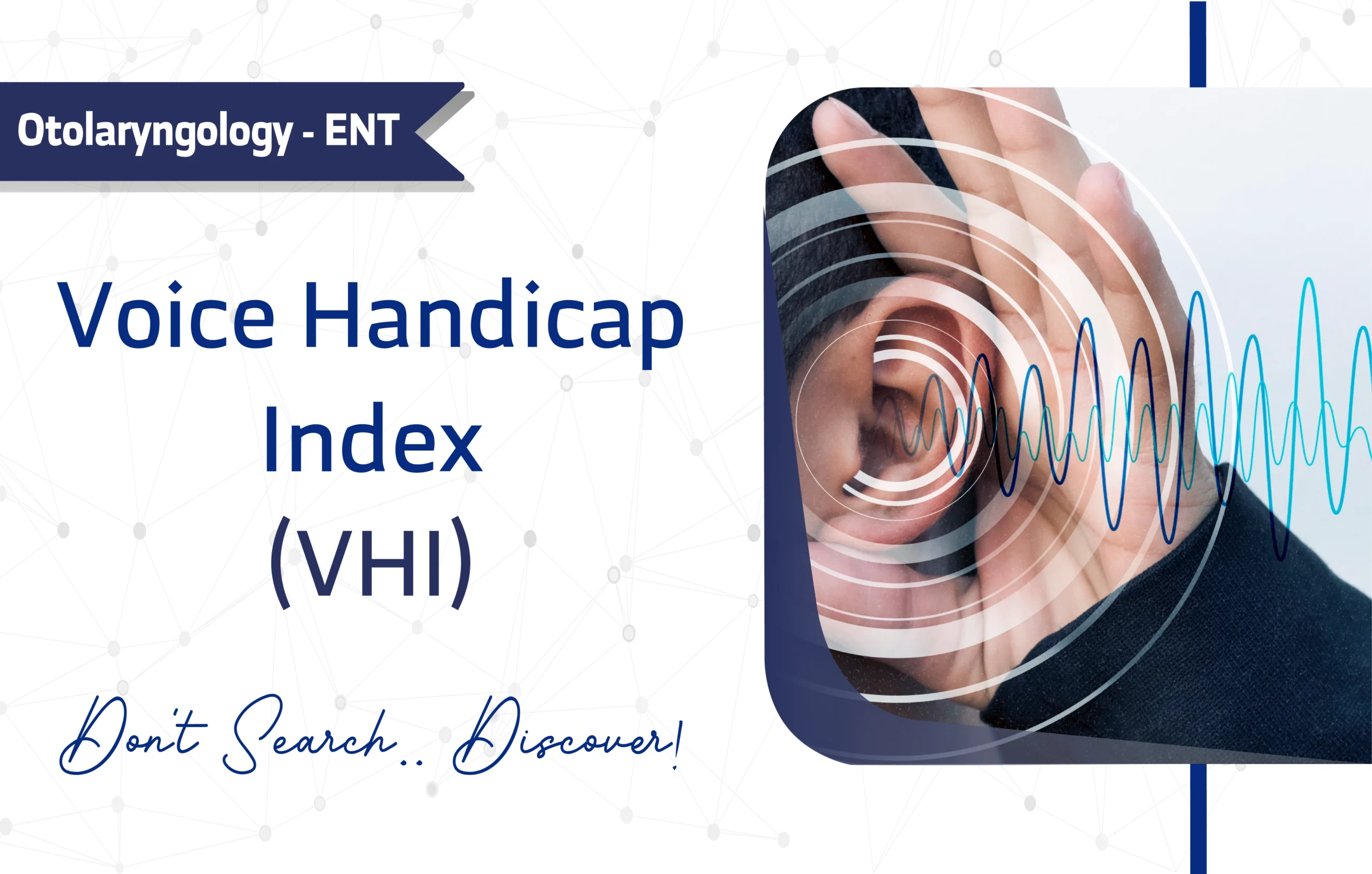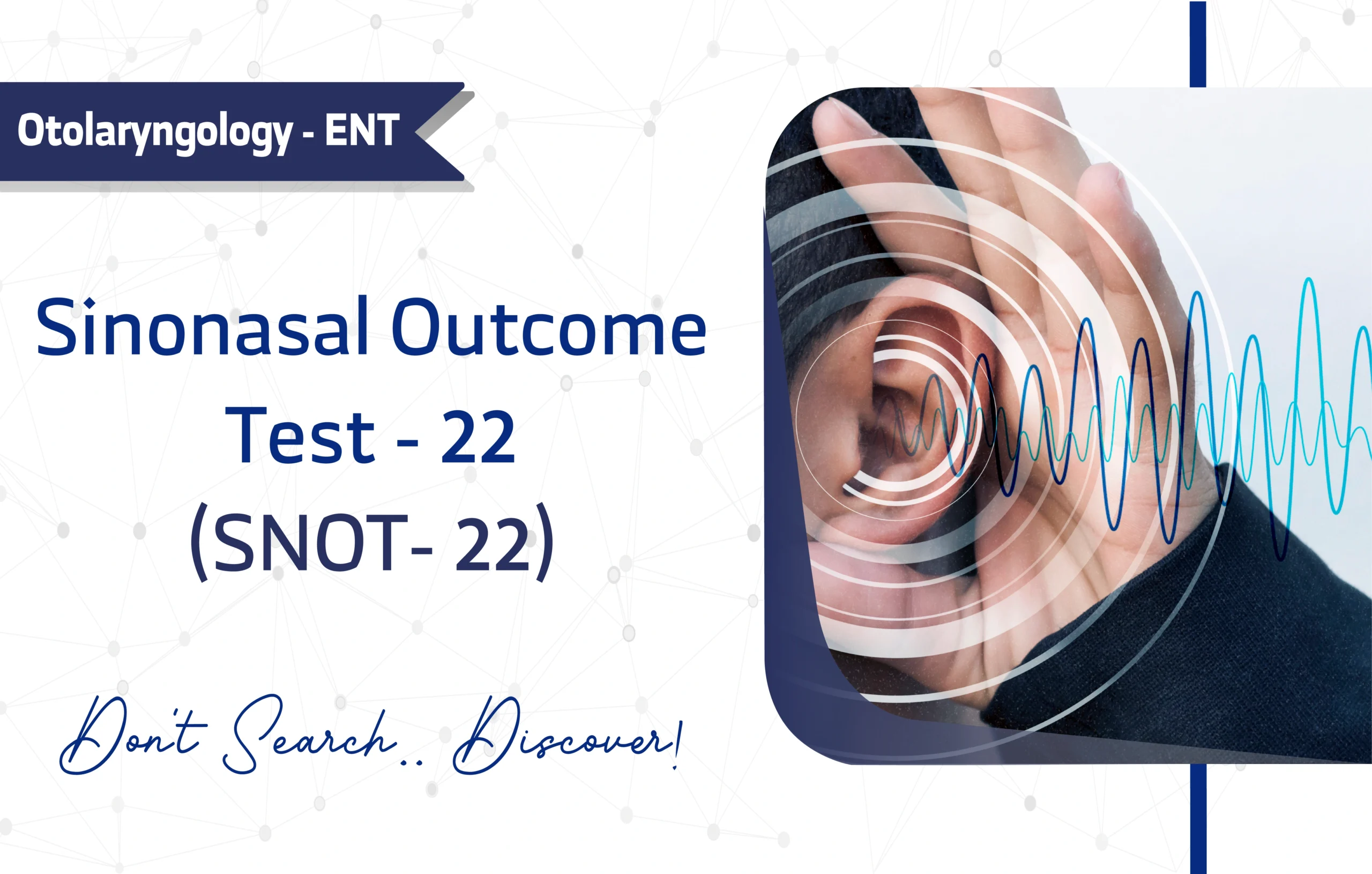Introduction
The Quality of Recovery-15 (QoR-15) is a significant and widely utilized patient-reported outcome measure (PROM) designed to assess the quality of recovery in patients following surgery and anesthesia. Developed by Paul S. Myles, Paul Stark, and Justin Burke in 2013, the QoR-15 provides a concise yet comprehensive evaluation of a patient’s postoperative state, moving beyond traditional morbidity and mortality metrics to capture aspects of recovery that matter most to patients. Moreover, This tool is invaluable for researchers and clinicians aiming to understand and improve the postoperative experience, focusing on physical comfort, emotional well-being, psychological support, physical independence, and pain levels. Furthermore, Its robust psychometric properties and ease of use have led to its widespread adoption in perioperative research and clinical settings globally.
Key Features of the Quality of Recovery-15
Purpose and Use
The QoR-15 stands out for its patient-centered approach to measuring postoperative recovery. It evaluates how surgical interventions and anesthetic procedures impact a patient’s daily functioning and overall well-being after discharge. Also, This questionnaire enables researchers and healthcare providers to gain a holistic understanding of the recovery trajectory by encompassing a range of important outcomes.
Target Population
The QoR-15 is designed for use in adult patients aged 18 years and older who have undergone surgery and anesthesia. This includes:
- Young Adults (18–24 years)
- Middle-Aged Adults (25–44 years)
- Older Adults (45–64 years)
- Seniors (65+ years)
- College/University Students (if they fall within the adult age range and are postoperative patients)
- Parents (if they are postoperative patients)
Essentially, any adult patient recovering from a surgical procedure can be assessed using the QoR-15, so this can make it a versatile tool for diverse research cohorts.
Structure
The QoR-15 questionnaire comprises 15 items that assess different aspects of a patient’s recovery. Each item evaluates symptoms, functional status, and emotional well-being. For instance, questions might inquire about the severity of pain, the ability to perform daily activities like eating or mobilizing, and feelings of anxiety or depression.
The 15 items are conceptually grouped into five domains:
- Physical Comfort: Pertains to symptoms like nausea, vomiting, and general discomfort.
- Emotional State: Assesses feelings such as anxiety, depression, or general well-being.
- Physical Independence: Focuses on the patient’s ability to look after themselves, such as mobility and self-care.
- Psychological Support: Relates to feelings of support and reassurance.
- Pain: Specifically evaluates the level of pain experienced by the patient.
Scoring Method
Each of the 15 items in the QoR-15 is scored on an 11-point numerical rating scale, ranging from 0 (none of the time/worst outcome) to 10 (all of the time/best outcome). The total score is calculated by summing the scores for each of the 15 items, resulting in a possible range from 0 (very poor recovery) to 150 (excellent quality of recovery).
The interpretation of the total score is generally as follows:
- Excellent Recovery: QoR-15 score > 135
- Good Recovery: QoR-15 score between 122 and 135 (inclusive)
- Moderate Recovery: QoR-15 score between 90 and 121 (inclusive)
- Poor Recovery: QoR-15 score < 90
- A score below 90 is a widely accepted cut-off indicating poor recovery and potentially signaling the need for further clinical attention.
Additionally, no special training is required to administer or interpret the questionnaire, as it is self-administered with basic instructions.
Administration Format
The QoR-15 index can be administered in the following formats:
- Paper-based (clinician-administered)
- Digital forms (online or electronic)
- In-person interviews
- Phone/Video Call
Due to its clinical nature, QoR-15 typically requires healthcare professionals for accurate administration.
Applications of the Quality of Recovery-15
The QoR-15 supports both clinical and research applications, actively enhancing postoperative care. In clinical practice, clinicians use it to screen patients for poor recovery, monitor progress, and drive quality improvement by identifying gaps in care. Meanwhile, in research, the tool plays multiple roles. It serves as an endpoint in clinical trials, supports comparative studies across populations and procedures, and strengthens predictive modeling by identifying at-risk patients for early intervention. Furthermore, researchers rely on it to assess the quality and effectiveness of health services. Thus, the QoR-15 consistently enables timely, data-driven decisions in healthcare.
Languages and Availability
The QoR-15 has been translated and validated in multiple languages to facilitate its use in diverse international research and clinical settings. Available languages include:
- English
- Arabic
- Mandarin Chinese
- Spanish
- French
- German
- Portuguese
- Japanese
The questionnaire is generally free for use, particularly for non-commercial research and clinical applications.
Reliability and Validity
The QoR-15 is recognized for its strong psychometric properties, making it a reliable and valid tool for assessing postoperative recovery.
- Reliability: The questionnaire demonstrates good internal consistency, with a reported Cronbach’s alpha of 0.84. This indicates that the items within the scale are well-correlated and consistently measure the same underlying construct of recovery quality.
- Validity: The QoR-15 has undergone extensive validation across various surgical populations and languages. Moreover, It has shown good construct validity, correlating well with other measures of recovery, pain, and overall health status.
Limitations and Considerations
Despite its many strengths, the QoR-15 has a few limitations that researchers and clinicians should consider:
- Self-report Measure: As a patient-reported outcome measure, scores can be influenced by individual patient interpretation, mood, or recall bias.
- Social Desirability Bias: Patients may sometimes respond in a way they perceive as more socially acceptable, potentially affecting the accuracy of their reported symptoms or functioning.
- Ceiling/Floor Effects: In some specific patient populations or at certain time points, there might be ceiling effects (many patients scoring the maximum) or floor effects (many patients scoring the minimum), which could limit the ability to detect changes.
- Focus on Early Recovery: While excellent for acute and subacute recovery, its utility for very long-term recovery monitoring might be less pronounced compared to more general quality of life instruments.
Additional Resources
For more information on the GIQLI and to access the full questionnaire, visit the following resources:
- A direct link to the Original Validation Study
- You can access the questionnaire as a PDF through this link
- The corresponding author for the original publication is Paul Myles (Monash University, Melbourne, VIC 3181, Australia. Email: p.myles@alfred.org.au). Information on purchasing reprints may be found at www.anesthesiology.org.
Frequently Asked Questions (FAQ)
- Who can use the QoR-15?
Researchers, clinicians, and healthcare providers can use the QoR-15 for postoperative adult patients (18 years and older). - How long does it take to complete the QoR-15?
It typically takes between 5 to 10 minutes for patients to complete the questionnaire. - Are there other versions of the QoR-15?
Yes, related tools include the original longer version, the QoR-40, and a dimension-reduced version, the QoR-15D.
A word from ResRef
The QoR-15 is a gold-standard tool for assessing postoperative recovery, balancing brevity with comprehensive insights into patient well-being. Its widespread adoption in perioperative research highlights its utility and robustness. For researchers investigating surgical outcomes or interventions aimed at enhancing recovery, the QoR-15 offers a reliable, validated, and patient-centered measure. Its focus on aspects like physical comfort, emotional state, and functional independence ensures that the patient’s holistic experience is captured, leading to more meaningful data and ultimately, better patient care.
References
- Stark, Peter A. B.Med.Sc.*; Myles, Paul S. M.B., B.S., M.P.H., M.D.F.C.A.R.C.S.I., F.A.N.Z.C.A., F.R.C.A.†; Burke, Justin A. M.B., B.S., F.A.N.Z.C.A.‡. Development and Psychometric Evaluation of a Postoperative Quality of Recovery Score: The QoR-15. Anesthesiology 118(6):p 1332-1340, June 2013. | DOI: 10.1097/ALN.0b013e318289b84b. Link








